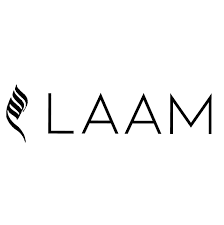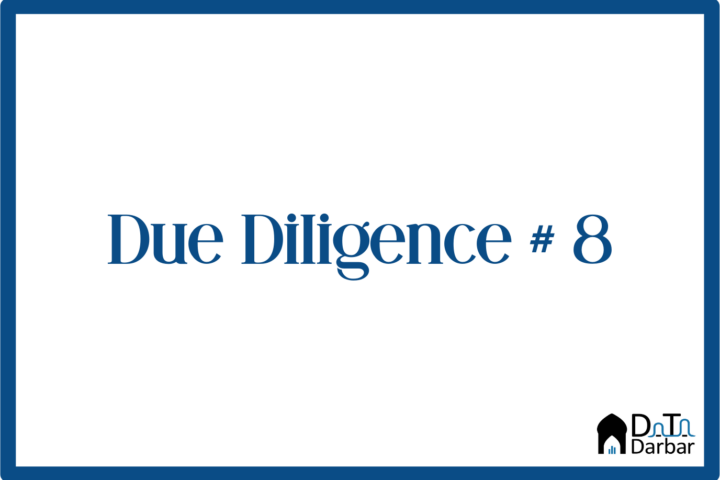Unlimited paid days off, game rooms with PlayStations and salaries that are often WAY above the market competitive rate are just some of the reasons why EVERYONE wants to work at startups. On top of that, you get stock options that have the potential to make you millions. Think of all the friends at Careem and SWVL who made big bucks after their employers’ exits. But beneath all the glamor lies the risk of losing your job on literally a day’s notice, as many people learned the hard way in the downturn of 2022.
If you work at a startup that needs venture funding in the foreseeable future and own its stock options, you should consider the possibility of cashing out before an exit. But how does this work?
Legal Technicalities
The first thing you should know is that ordinarily, you cannot sell your vested shares without the consent of the board. This may vary depending on the governing contracts, but the usual practice is that VCs do not want employees to sell their vested shares before an exit.
In certain cases, companies may buy back a certain portion of the employee’s shares so that they do not have to wait for an exit. This could be done through a tender or a buy-back option. Your CFO or Legal department is best positioned to guide you on this matter. In some other unique cases, where there’s extraordinary bargaining power, the employee may persuade the board to allow them to sell their shares. The argument would be that the employee needs the liquidity on the vested shares, rather than the employee wanting to de-risk their portfolio.
In case you find yourself in the fortunate position of having the opportunity to sell your shares in secondaries, you should consider selling.
The following aspects could be considered before you ask the executive leadership to facilitate the sale of shares:
Do you have confidence in your startup’s ability to exit?
A company’s exit strategy is very different from a company’s profitability or bottom line. The former means that an entity has a viable plan to either be acquired or to go public. These are the only two circumstances, realistically, where your shares will ever translate into actual money.
In case you work at a startup in Pakistan, it is likely that your founders will be positioning themselves for an acquisition rather than a public offering — unless they’ve expanded into other geographies.
Here is an explainer that will help you assess how large your exit can be:
Sell Your Shares When Your Start-Up is Overvalued
There are a number of methodologies that can be used to estimate the value of your startup. But to get a ballpark figure, you can look at your company’s Earnings Before Interest, Taxes, Depreciation and Amortization or Annual Recurring Revenue, and the state of liquidity in the market.
For instance, in 2021, when the market had cheap capital, a SaaS business could command a valuation 20x ARR. Right now, when interest rates are high, you would be looking at perhaps 5x of ARR. These are multiples for the United States, not Pakistan where you deduct for the risk attached.
It would be difficult to gauge the multiples in Pakistan because one cannot gauge private companies against comparable public companies on NASDAQ. However, it is safe to assume that the bubble will burst and multiples are likely to remain low in 2023.
Practically speaking, if your startup is about to raise a round when debt is cheap (2021), it might be a good time to sell your shares in a closed transaction. When capital is expensive (2023), it might be better to wait it out. Because of the nature of this industry, unless you’re working at a venture which is likely to be insulated from macroeconomic trends (highly unlikely), you should try to sell your shares when the market is hot and investors are willing to park their money with venture capitalists.
Exits can take time
Although the venture model relies on exits within a 10-year period, VCs often only have 1 or 2 successful companies in their portfolio. These are their cash cows. They will not be in a hurry to exit if the eventual purchase price can be substantially increased. Thus, you might end up waiting on equity for years.
Size of Exit and Mechanics of Distribution:
Without making this overly complicated, your start-up is divided amongst common and preferred shareholders, the latter have preferential terms that generally allow them to sell their shares at a higher price before the common shareholders can sell any.
The investors are preferred shareholders whereas the founders and employees are allocated common shares. The issue that many startups will face is that they acquired funding on inflated valuations. Especially those that raised their growth rounds in the past two years.
Let’s look at this through a hypothetical that some start-ups may face:
- Startup (X) Raises $100 Million Series B round at $ 200 Million Post-Money Valuation in 2021 (where capital is cheap and valuation multiples were extraordinarily high.)
- Market Crashes and Valuations Revised : (X) that previously raised a total of $100 Million is now worth $75 Million. This is because previously X doing $10 in ARR could be worth $100, but now it is likely to be worth $30 at the same ARR.
- (X) Raises another $50 Million in 2025 as it prepares for its eventual exit in 2028.
- Total Purchase Price in 2028 at partially restored Purchase Price Multiples: $250 Million
Here is how this could this play out:
| Item | Amount ( in Millions of $) |
| Purchase Price or Total Proceeds | $250 Million |
| Return 1.25x Original Money Invested to VCs (LP) | ($187.5 Million) |
| Pay Transaction Costs | ($ 0.5 Million) |
| Pay Unpaid Dividends to VCs | $25 Million |
| Pay Outstanding Liabilities | $7 Million |
| Remaining Proceeds | $ 30 Million |
Waterfall Distribution
| Party | Percentage of Remaining Proceeds | Amount Received in Proceeds ($) |
| VCs (after the L.P and Dividends) | 85% | 24 Million |
| Founders | 5% | 1.5 Million |
| Employees (collectively) | 10% | 3 Million |
The table demonstrates a hypothetical example with an onerous termsheet in a venture that got acquired for $250 Million. Pakistan’s dwindling exchange rate means the amount invested is consistently appreciating in PKR which means that exits, whenever they take place, would have to be exorbitant for investors or employees to get earnings from. Because start-ups are earning in PKR, but have to return in USD.
In this case, the startup may need to be earning $100M+ ARR for it to be acquired at the said price. Granted, this is an oversimplification, but it does not change the herculean task that faces many venture-funded start-ups in Pakistan.
To sell or not to sell?
This article has been authored during a recession. It is not objective. But, whatever the market dynamics, equity holders should always consider ( but not necessarily avail) the option of selling their equity, if they have the opportunity to do so.




